
Pink Tongued Skink (Hemisphaeriodon gerrardii)
The pink-tongued skink ( Cyclodomorphus gerrardii) is a species of lizard in the family Scincidae. It is endemic to Australia, where it is also called commonly the pink-tongued lizard. As suggested by these common names, its distinguishing characteristic is a pink tongue as opposed to the blue tongue of lizards of the closely related genus.
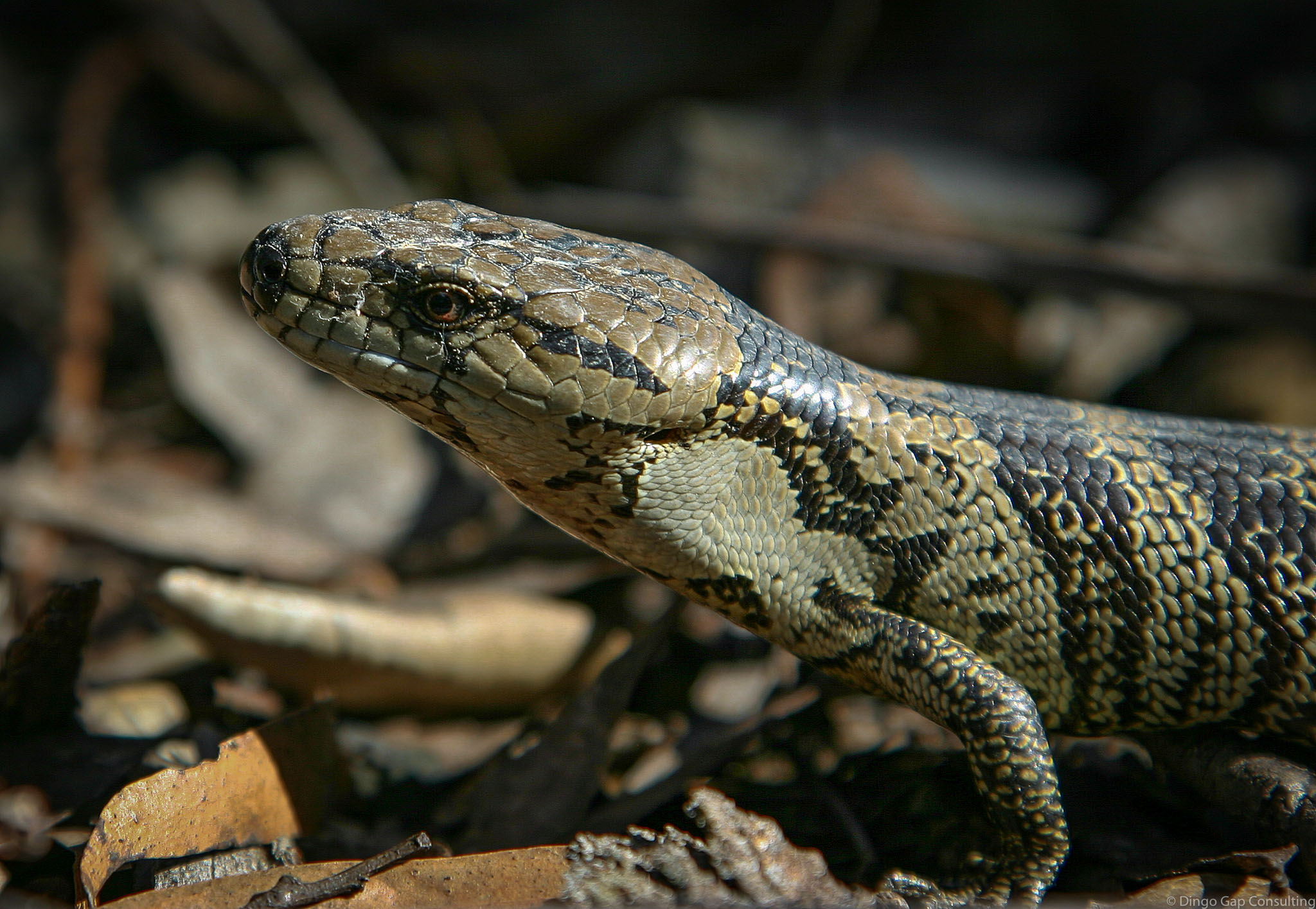
Pinktongued Skink
Clean water is a requisite when maintaining pink tongues. I use shallow (1" deep) bowls that allow the lizards to drink as needed. I tend to slightly overfill the bowl, letting the water flow into the substrate- a great aid when the skinks are shedding. Humidity. I keep my pink tongued skinks at the humidity level of 50-70%. Feeding

Pink Tongued Skink Lizard Free photo on Pixabay
Pink-tongued skinks will large brutes that can reachout lengths of up into 18 inches. The partially prehensile tail constitutes up to 50% of the animal's overall length. The pink-tongue lizard range extents to around 18 inches. Image credit: u/cpmar111 (via Reddit.com) Unlike quite other skinks, these animals have noticeable cuttings.
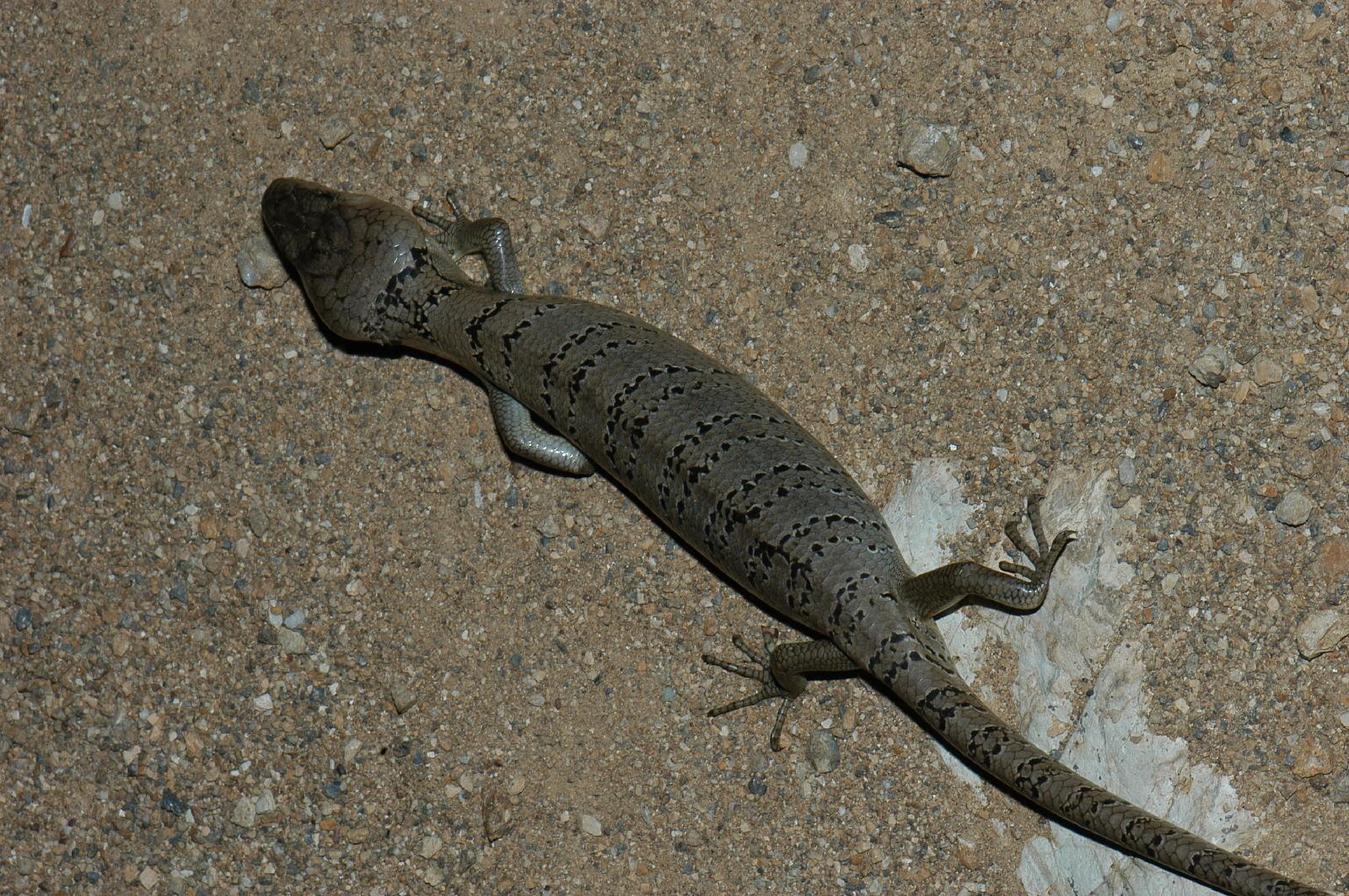
Pink Tongued Skink (Hemisphaeriodon gerrardii)
Pink tongue skinks are an unusual and fascinating species of lizards that are native to New Guinea and some of the surrounding islands. These lizards are.. and it is one reason why they should never be housed with other species of lizards. Pink Tongue Skink Diet in Captivity. When it comes to feeding pink tongue skinks in captivity, it is.

Pinktongued Skink Cyclodomorphus gerrardii
The pink-tongued skink ( Cyclodomorphus gerrardii) is a species of lizard in the family Scincidae. C. gerrardii is endemic to Australia, where it is also called commonly the pink-tongued lizard. As suggested by these common names, its distinguishing characteristic is a pink tongue as opposed to the blue tongue of lizards of the closely related.
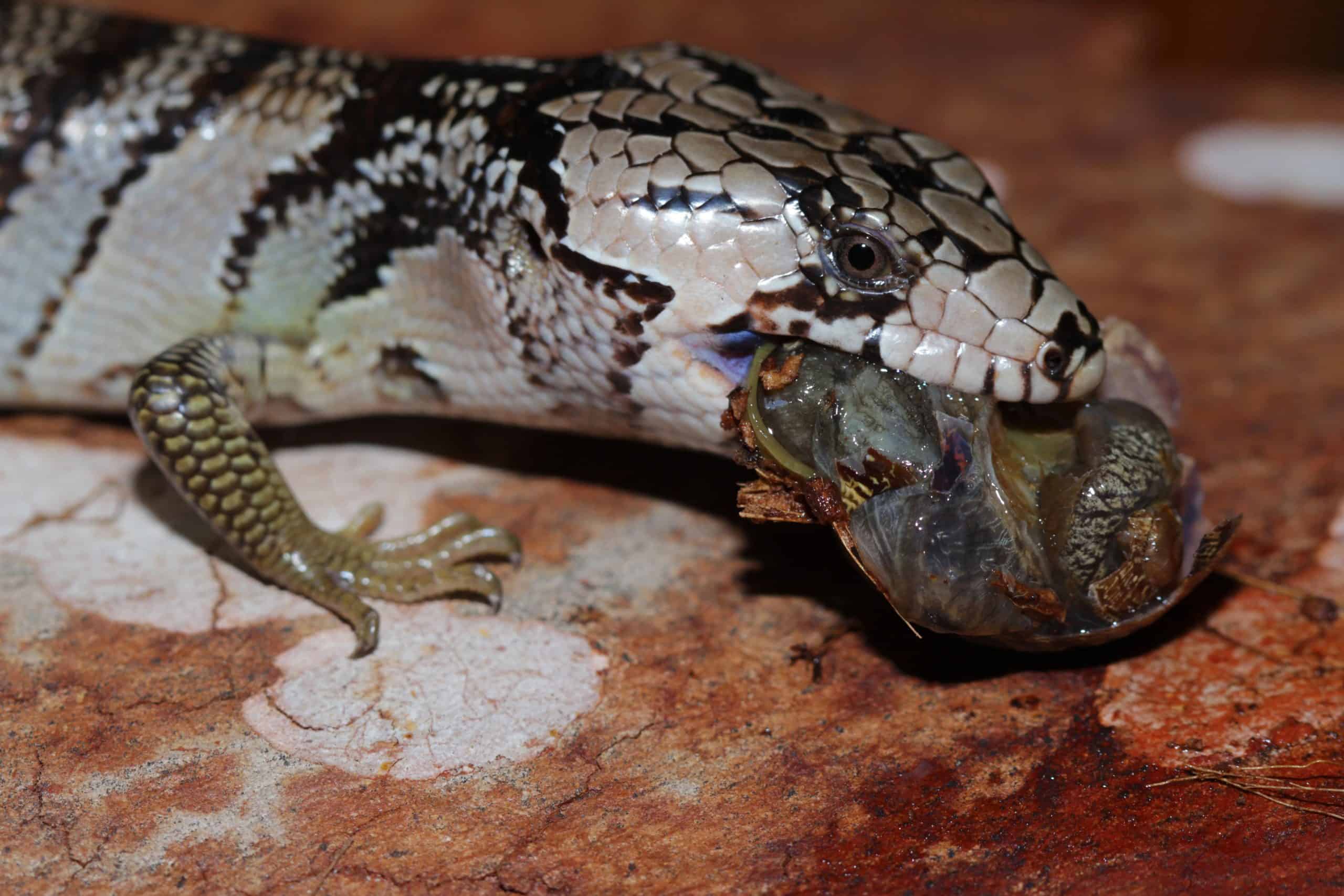
Pink Tongue Skink Owner's Care Guide (+ Tips, FAQs, & Pics!)
The Pink-tongued skink reaches more than 45 cm.. The female measures 42 cm long, of which 18 cm correspond to the trunk of the head. Coloration is grey-brown with a hint of silver, about her until 40 dark brown horizontal stripes, on juveniles strongly contrasting black stripes , that fade in the first year of life after several moults.
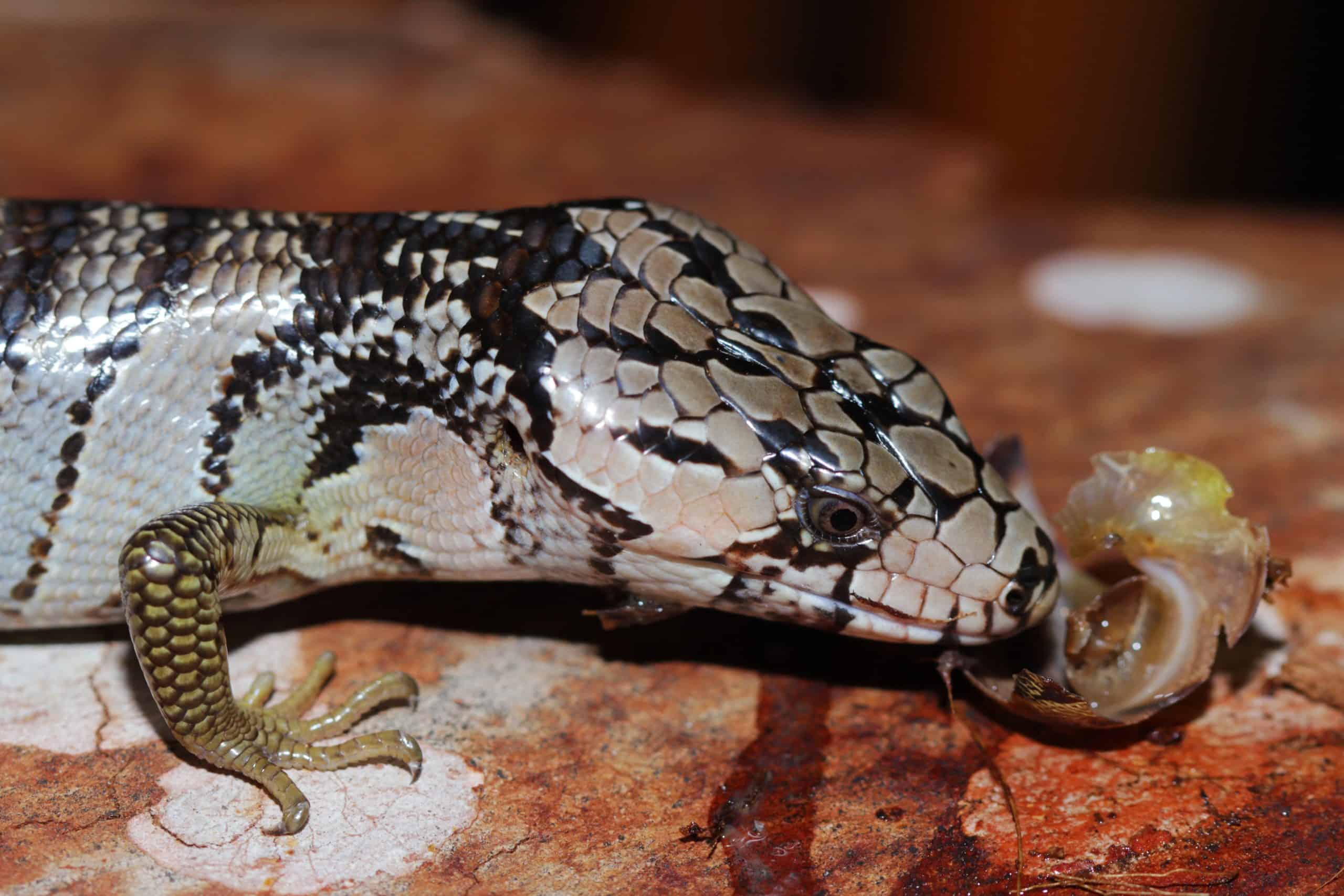
Pink Tongue Skink Owner's Care Guide (+ Tips, FAQs, & Pics!)
Species Summary. The pink-tongued skink (Cyclodomorphus gerrardii), also called the pink-tongued lizard, is native to forests and woodlands in Australia.This is an easy going lizard that likes to both climb trees and burrow in leaf litter and undergrowth. Due to its nice disposition and pretty simple maintenance, we highly recommend this skink for novice reptile owners.

Pinktongued Skink
Pink tongue skink is a large-sized lizard originating from the forests of Australia. These lizards are docile and easy to care for, making them an excellent choice for beginner pet owners. Pink tongue skinks have a greyish-brown body with bright pink tongues, making them a pricey possession in the reptile community..
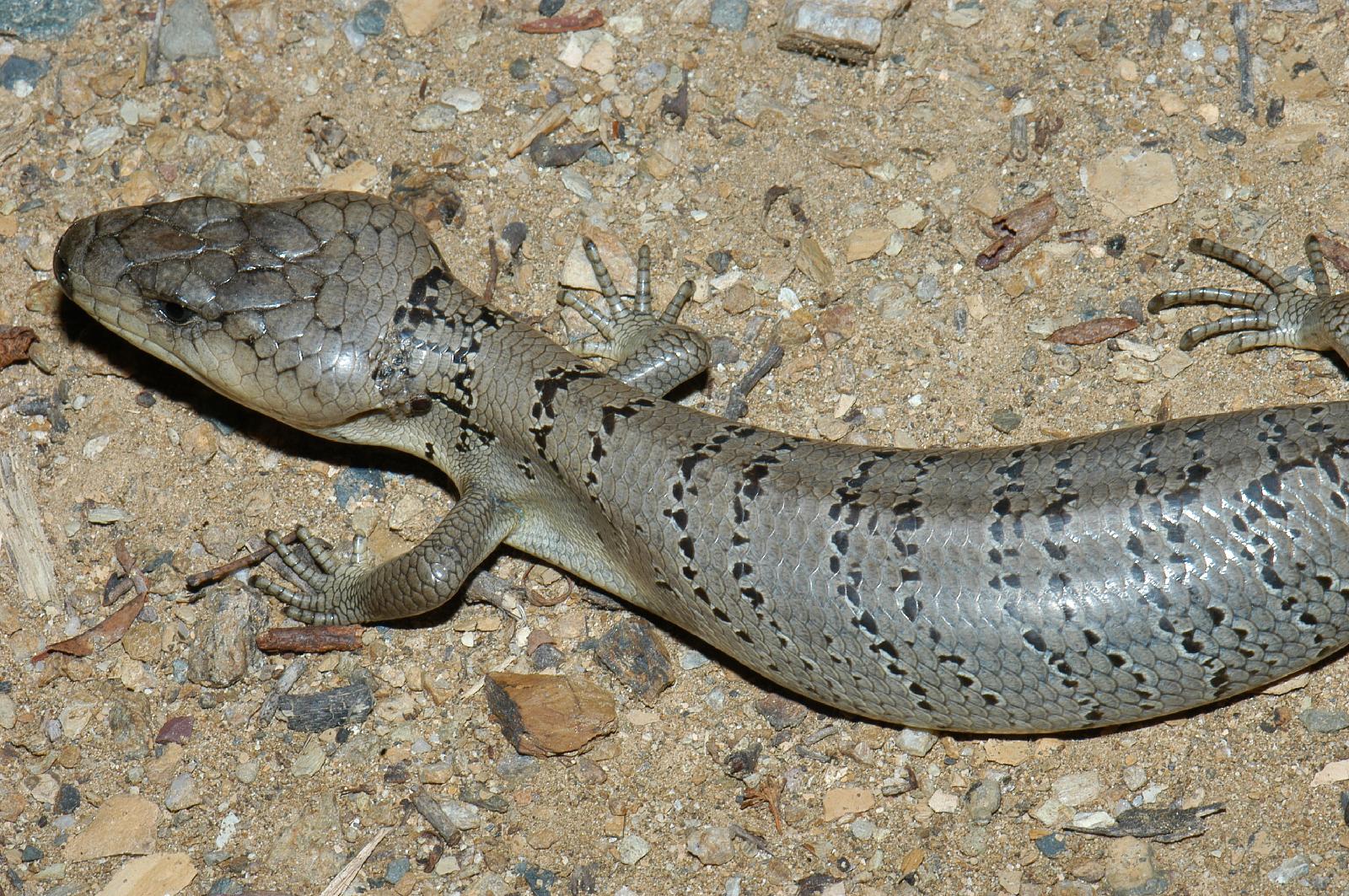
Pink Tongued Skink (Hemisphaeriodon gerrardii)
The rosy tongue skink, Cyclodomorphus gerrardii, is one enormous lion use a docile temperament. These animals come from the wildness of Australia, where they're known as the pink-tongued lizard. Pink-tongued skinks had a gentle temperament and are easy to keep. This makes them an ideal pet lizard for children, adults, beginners, the experts.

Pinktongued Skink Cyclodomorphus gerrardii
The pink-tongue lizard is a large animal that benefits from plenty of space. Image credit: u/cpmar111 (via Reddit.com) However, these animals are active and will benefit from more space. We suggest aiming for at least a 20-gallon enclosure if you can. Substrate. Pink-tongued skinks don't have a lot of requirements when it comes to the substrate.
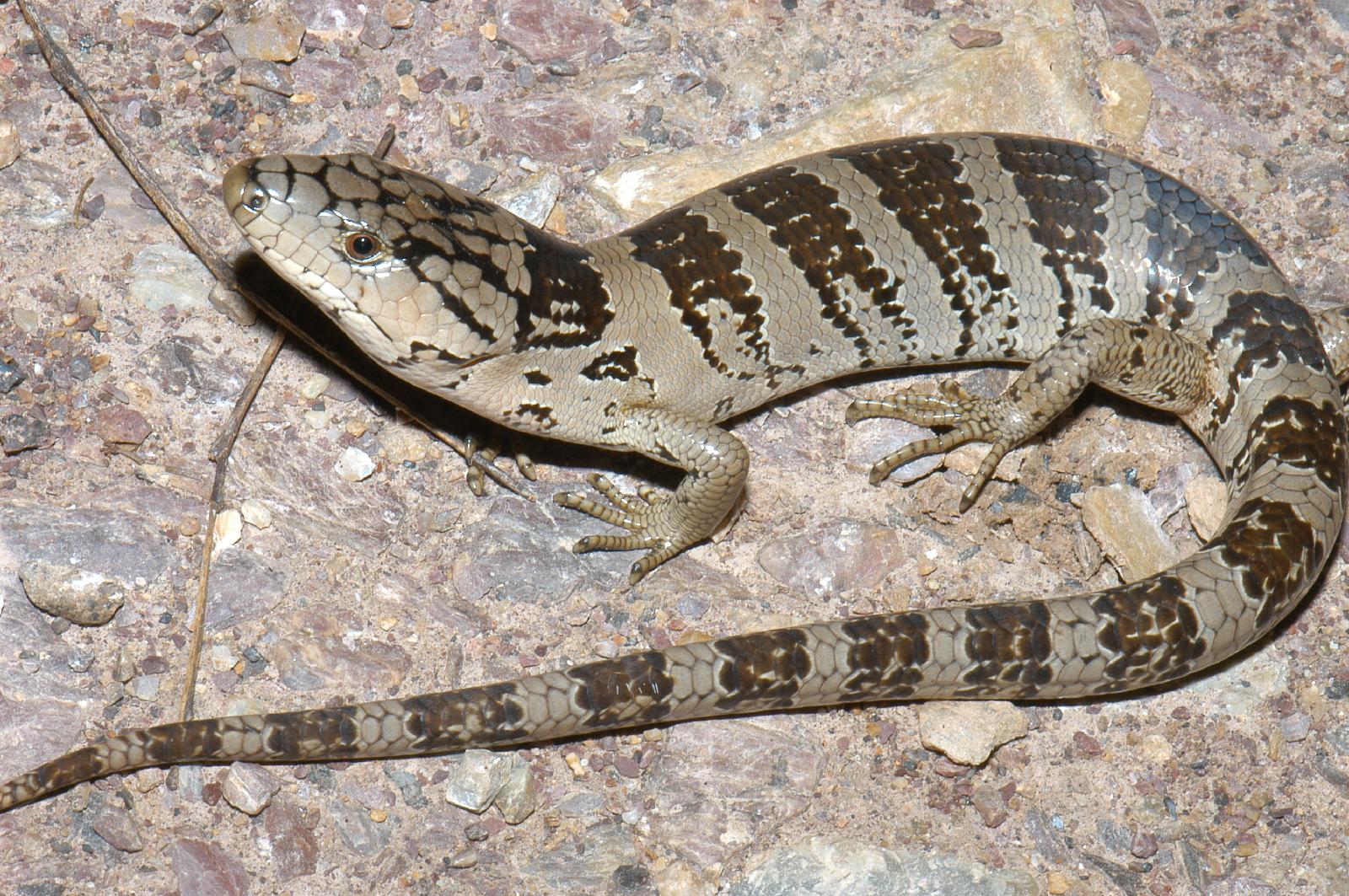
Pink Tongued Skink (Hemisphaeriodon gerrardii)
They will also eat fruit, flowers, and leaves on occasion. In captivity, pink tongue skinks should be fed a diet that mimics their natural diet as closely as possible. This means offering them a variety of live insects, as well as occasional servings of fruits and vegetables. It is important to note that pink tongue skinks require a large.
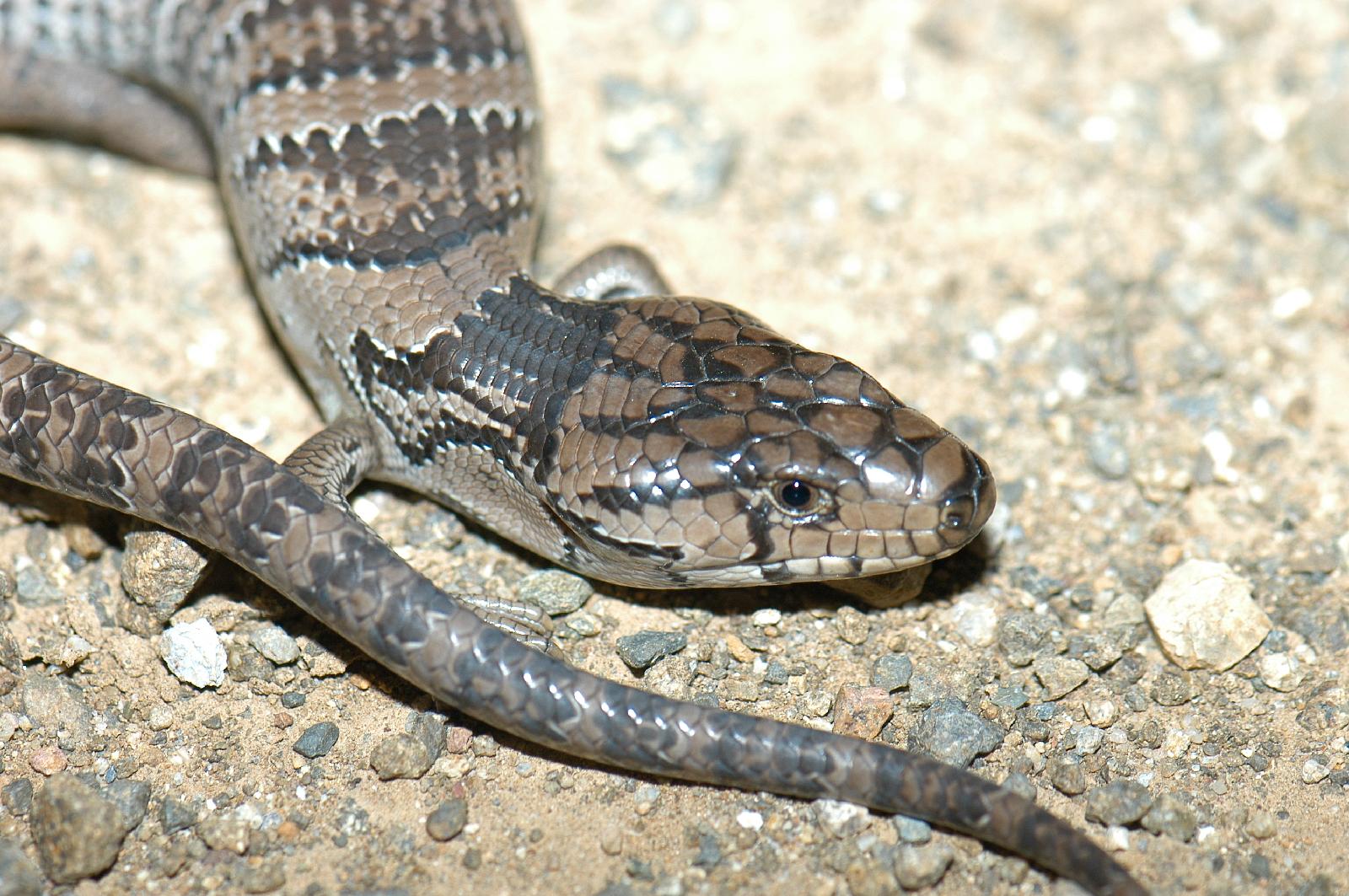
Pink Tongued Skink (Hemisphaeriodon gerrardii)
The Pink-Tongued Skink (Cyclodomorphus gerrardii) is a fascinating species of lizard native to Australia. With its distinct pink tongue, this skink stands out among its relatives, the Blue-Tongued Skinks. It is known for its long, slender body, well-developed limbs, and sharp claws. The Pink-Tongued Skink typically displays a fawn or slate gray.

Pinktongued Skink (Blue Mountains Reptiles) · iNaturalist
The process of lizard tail regeneration has been divided into four stages: wound healing, lasting up to 10 days postautotomy (dpa);. Hematoxylin stains nuclei and nucleoli blue and eosin stains proteins in the cytoplasm and extracellular matrix pink/red. Adipocytes, myelin, and other highly hydrophobic cells will remain clear.
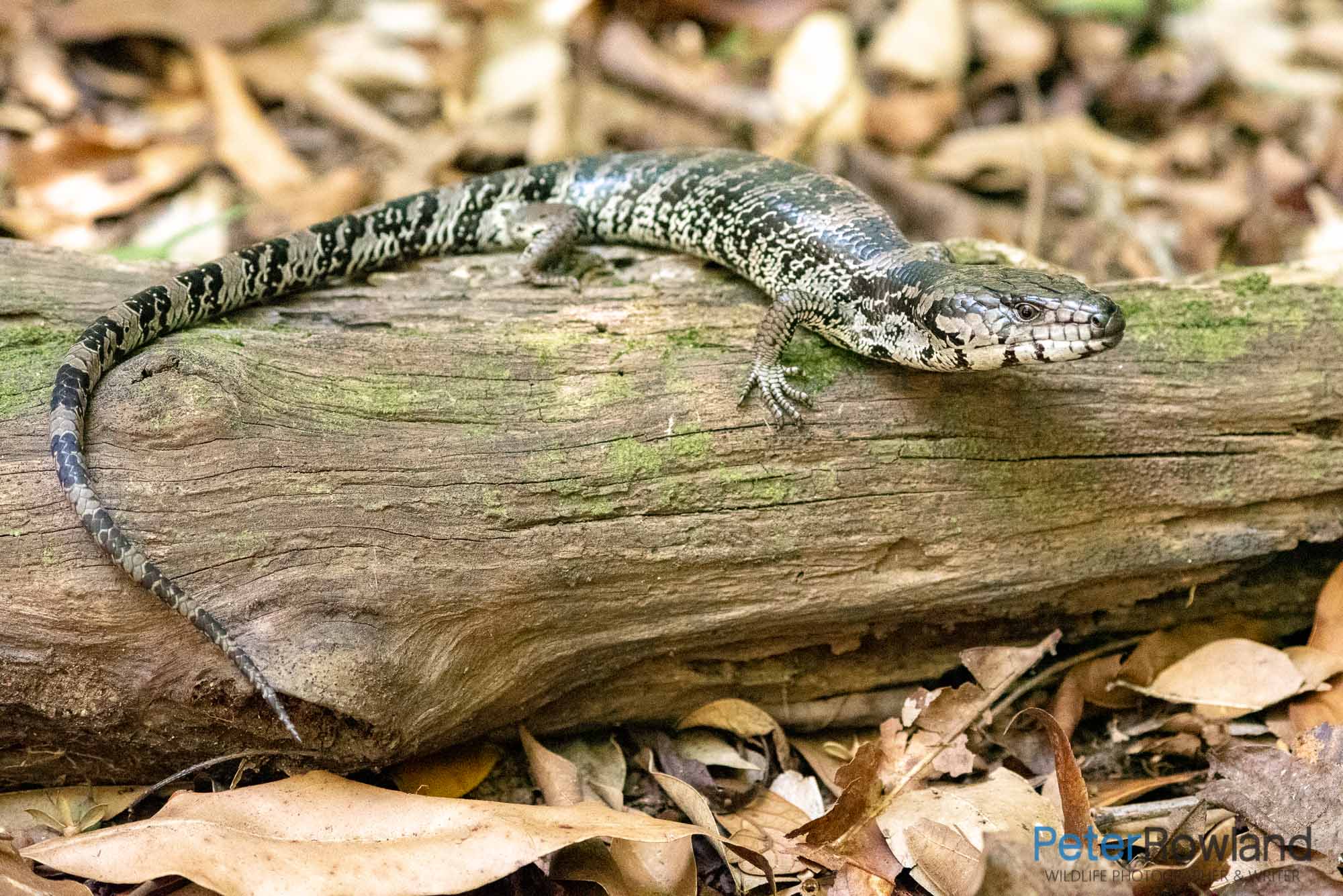
Pinktongued Lizard Peter Rowland Photographer & Writer
The Pink-tongued skink (Cyclodomorphus gerrardii) is a lizard from the family scincidae. Easily distinguished by their pink tongues (hence the name) and striking colors, this species of skink was relatively unknown but is growing in popularity in the reptile community. They are known to be quite laid-back, friendly, and are regarded as a good.
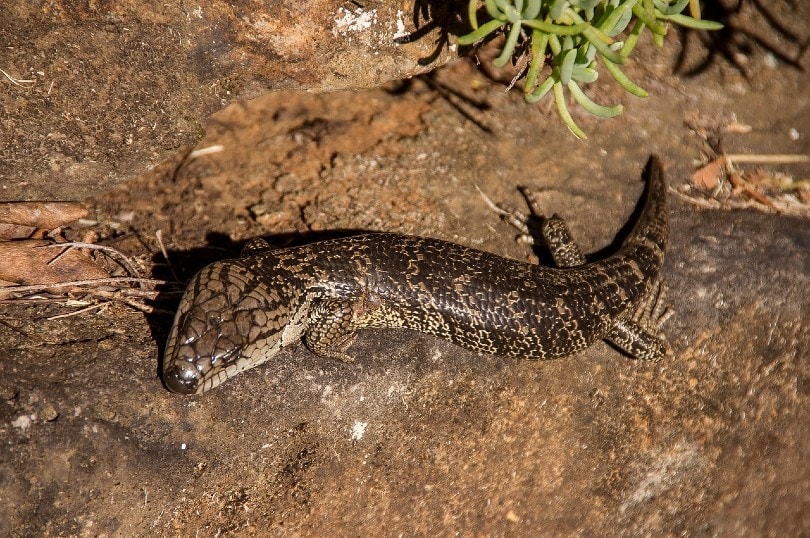
PinkTongued Skink Facts, Info & Care Guide (With Pictures) Pet Keen
The pink-tongued skink (Cyclodomorphus gerrardii) is a 15-18" long, nocturnal, semi-arboreal lizard native to the states of New South Wales and Queensland in Australia.They can be found in sub-tropical habitats such as sclerophyll forest, rainforest, and moist woodlands. Pink-tongued skinks have blunt triangular heads, prominent brow ridges, an elongated but robust body, smooth scales, short.
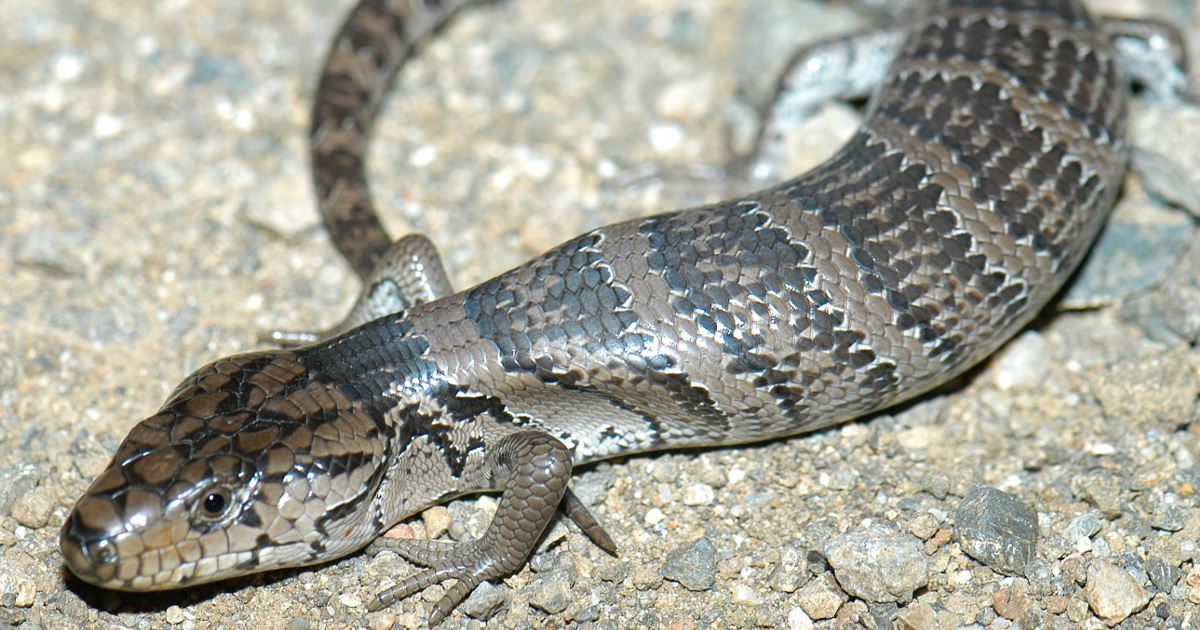
Pink Tongued Skink (Hemisphaeriodon gerrardii)
Habitat and Environment of Pink-Tongued Skink. Take your pet experience to the next level with a Pink-Tongued Skink! These unique lizards require specific habitats to thrive. They prefer semi-terrestrial rainforests, swamplands, and wet woodlands. They like to climb trees, move on the ground, and even swim.
